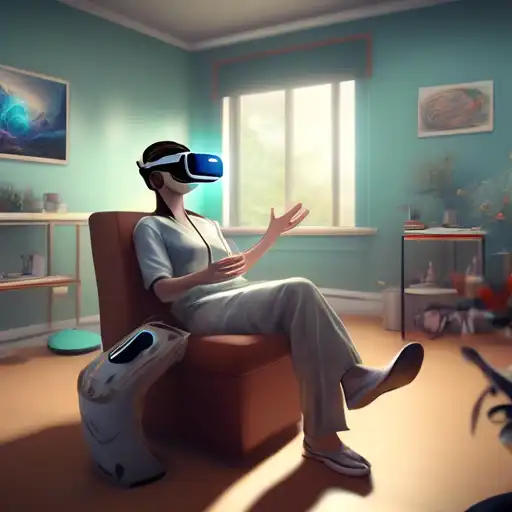The Transformative Role of Virtual Reality in Modern Therapy Practices
Virtual Reality (VR) technology has transcended its initial entertainment-centric applications to become a groundbreaking tool in the field of therapy. By creating immersive, controlled environments, VR is revolutionizing the way therapists treat a variety of mental health conditions, offering patients new pathways to healing and recovery.
Understanding VR Therapy
VR therapy, also known as virtual reality exposure therapy (VRET), utilizes computer-generated simulations to expose patients to their fears or triggers in a safe, controlled setting. This innovative approach allows individuals to confront and work through their issues without the immediate risks associated with real-life exposure.
Applications of VR in Therapy
The versatility of VR technology enables its application across a broad spectrum of therapeutic practices. Below are some of the most impactful uses:
- Anxiety Disorders: VR has shown remarkable efficacy in treating phobias, social anxiety, and PTSD by gradually exposing patients to their fears.
- Pain Management: Through distraction and immersion, VR helps reduce perceived pain levels during medical procedures or chronic pain management.
- Rehabilitation: Stroke survivors and individuals with physical injuries use VR to regain motor skills and improve coordination in a motivating, engaging environment.
- Autism Spectrum Disorder (ASD): VR provides a safe platform for individuals with ASD to practice social interactions and develop communication skills.
Benefits of VR Therapy
The advantages of incorporating VR into therapeutic practices are manifold. It offers a customizable and scalable solution that can be tailored to meet the unique needs of each patient. Moreover, VR therapy is accessible, reducing barriers to treatment for those who may not have easy access to traditional therapy settings.
Challenges and Considerations
Despite its potential, VR therapy is not without its challenges. The cost of VR equipment and the need for specialized training for therapists can be prohibitive. Additionally, the effectiveness of VR therapy can vary depending on the individual, necessitating further research to optimize its application.
The Future of VR in Therapy
As technology advances, the potential for VR in therapy continues to expand. With ongoing research and development, VR could become a staple in therapeutic practices, offering innovative solutions to complex mental health challenges. The integration of AI and machine learning could further personalize therapy sessions, enhancing outcomes for patients worldwide.
For those interested in exploring the intersection of technology and mental health further, consider reading about the impact of technology on mental health.
In conclusion, VR is paving the way for a new era in therapy, offering hope and healing to those in need. Its ability to simulate real-life scenarios in a controlled environment makes it an invaluable tool in the mental health field, promising a brighter future for therapeutic practices.
